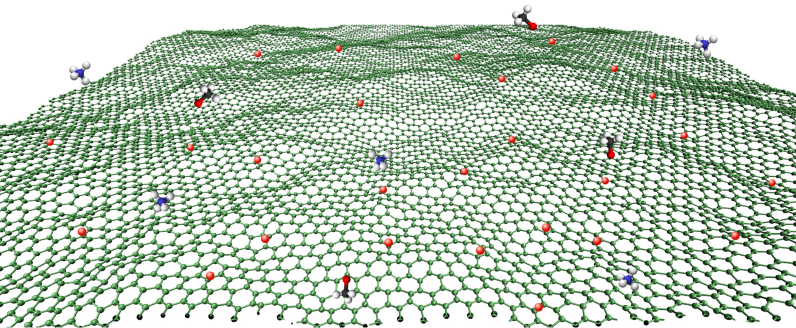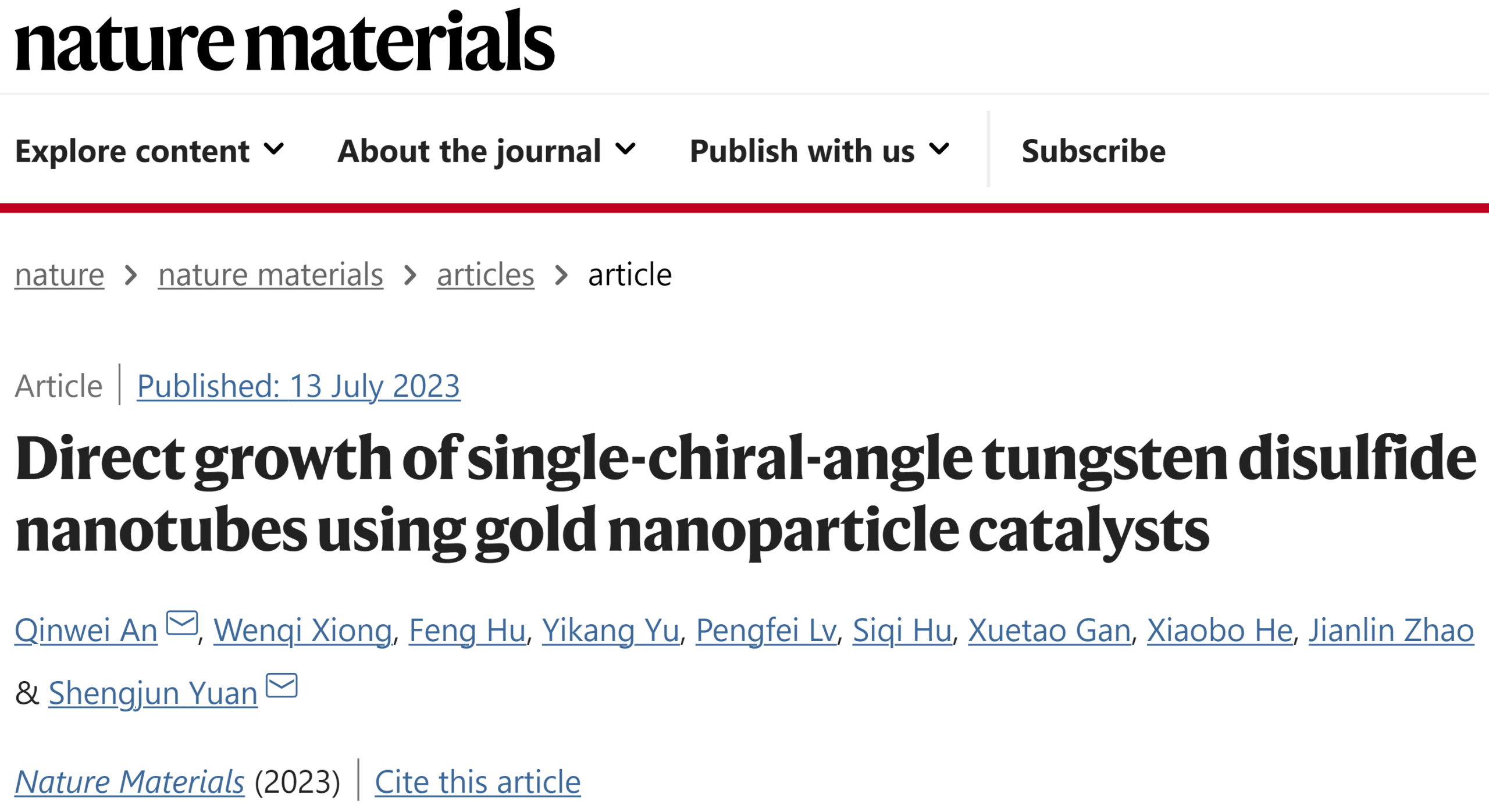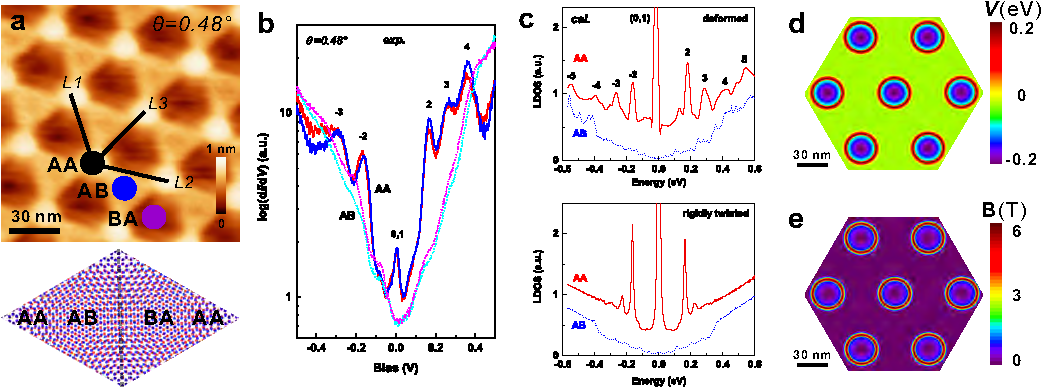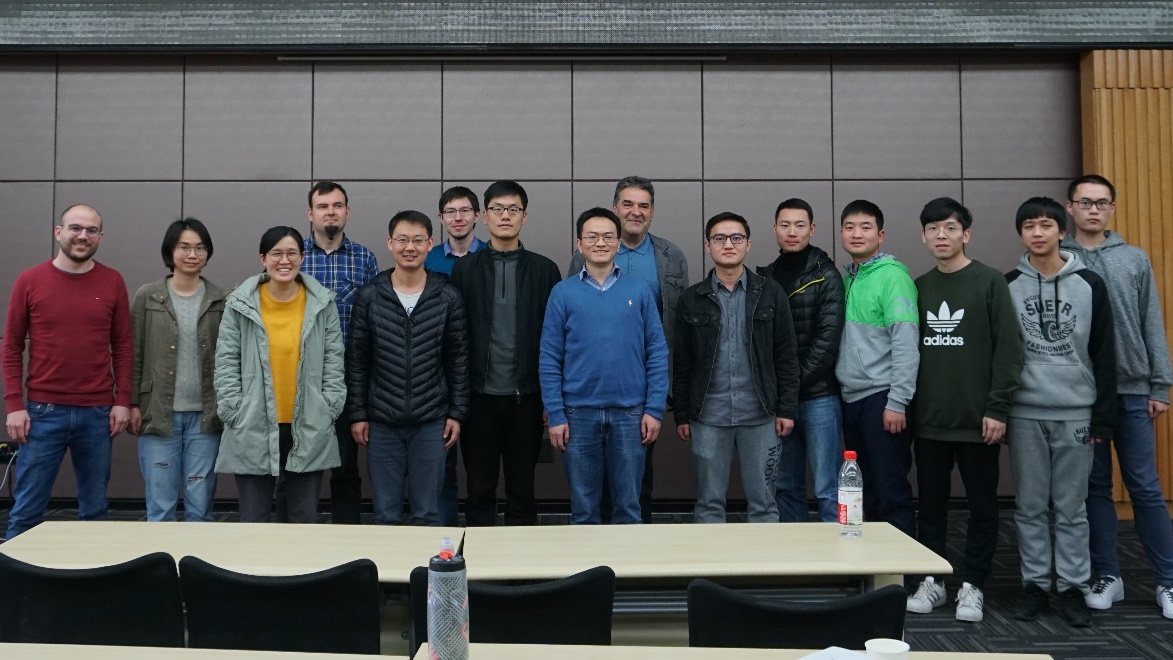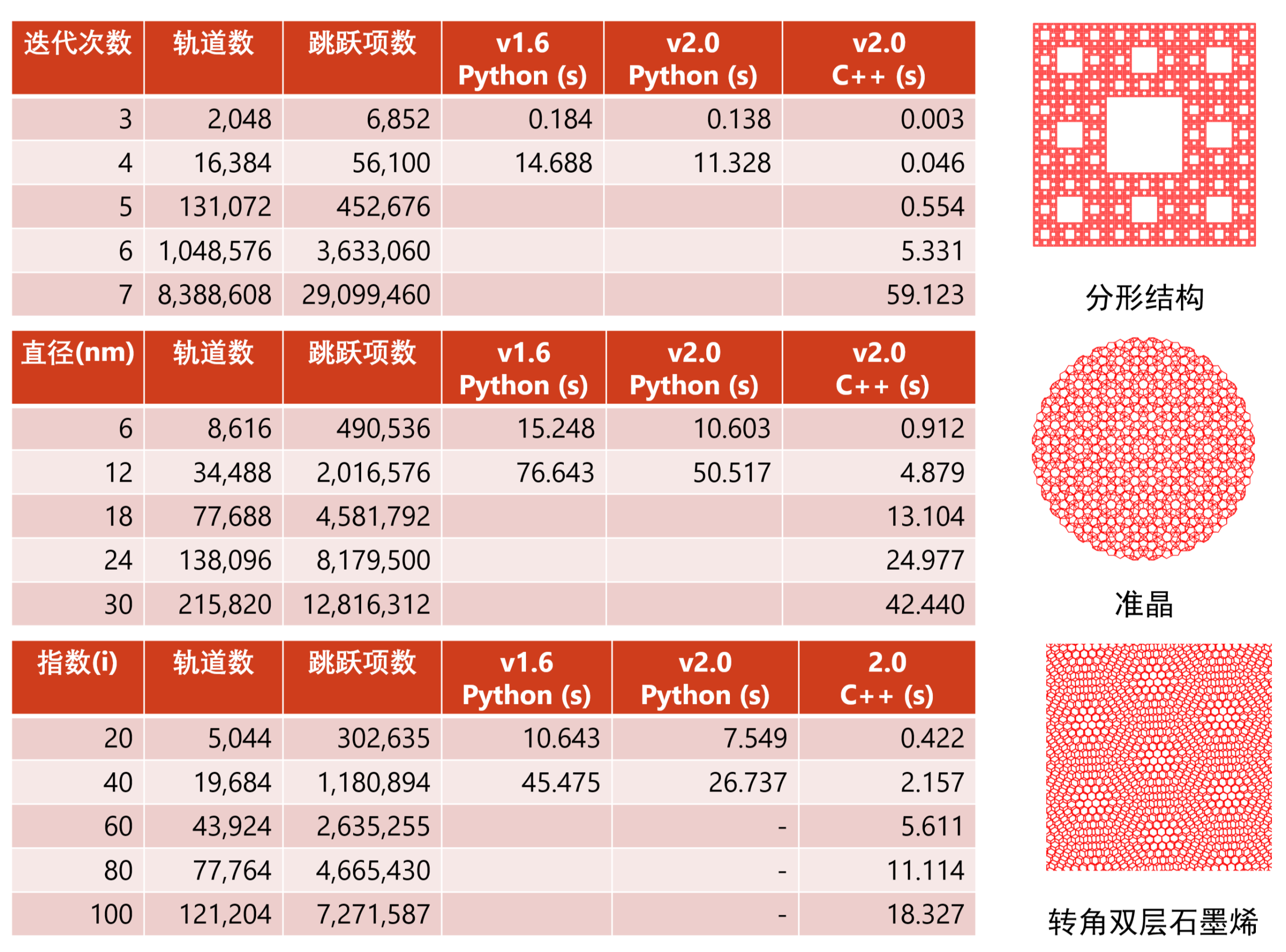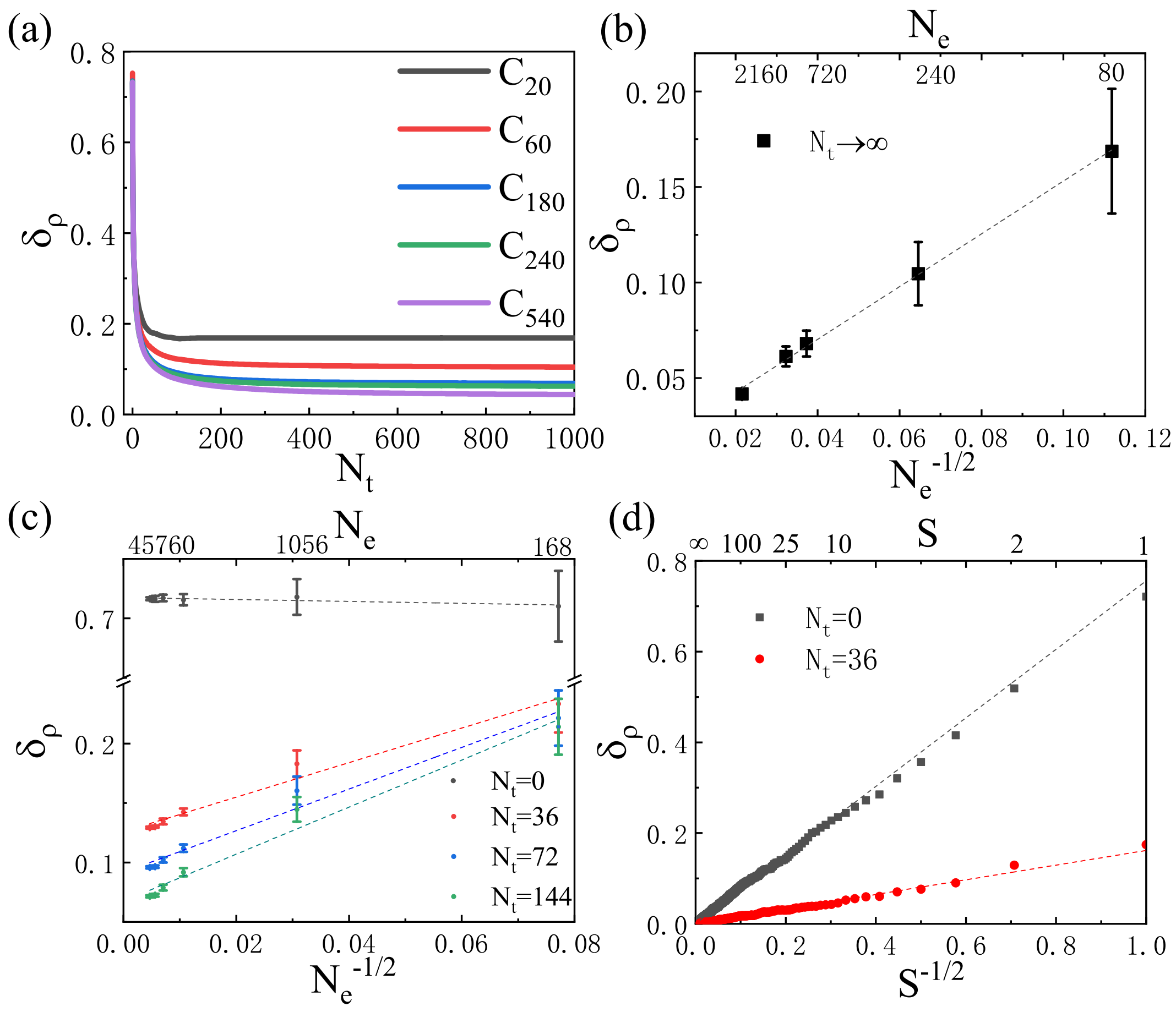计算物理方法
致力于发展先进数值计算方法,高效准确解决复杂量子物理问题,为理论研究与应用探索提供支持。
大尺度第一性原理计算
开发可用于数十亿原子模拟的电子结构算法和软件,研究各种复杂量子系统的电子、输运、光学及等离激元性质
量子计算与量子模拟
发展中性原子体系相关的计算物理方法与软件,开发中性原子量子计算机的操作系统、编译系统、优化系统和模拟系统
Computational Physics Methods
Dedicated to developing advanced numerical methods to efficiently and accurately address complex many-body and nonlinear physical problems, supporting both theoretical research and practical applications.
Large-Scale Simulations
Developed new methods and software for simulating quantum systems with up to one billion atoms, and investigating the electronic, transport, optical, and plasmonic properties of various complex quantum systems.
Quantum Computing and Quantum Information
Develop computational physics methods and software related to the neutral-atom system, and bulid the operating system, compilation system, optimization system, and simulation system for neutral-atom quantum computers.
研究亮点
Our latest research
课题组合影
Research Group Photo
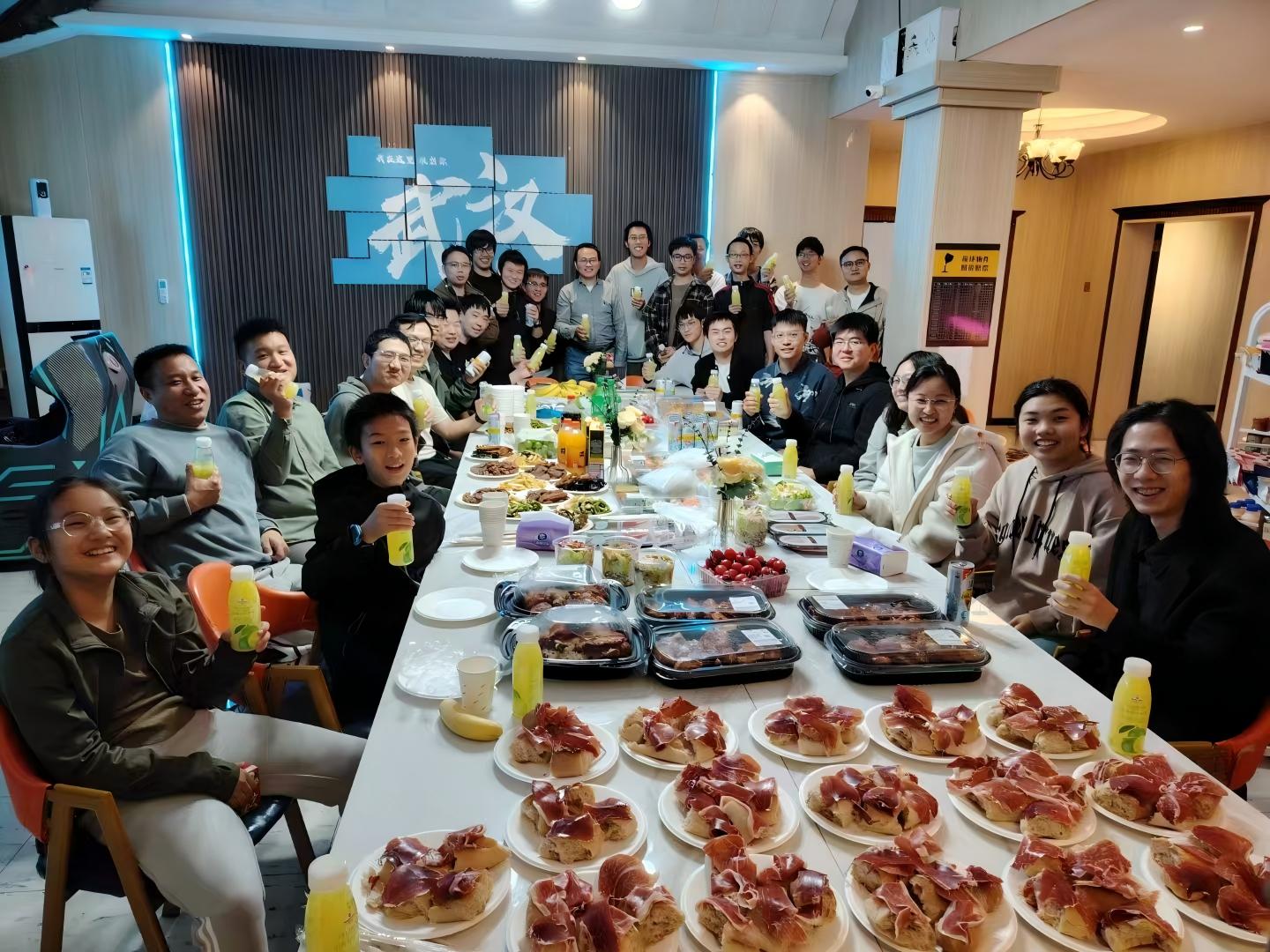
Group Photo 2024 Winter
2024年冬季合影
欢迎不同背景的学生加入我们的团队,长期招聘博士后
提供丰富的科研资源和优厚的个人福利,营造优越的学习、工作和生活环境
Welcoming students from all backgrounds to join our group.
Provide abundant research resources and generous personal benefits, with a very good learning, working and living environment.
